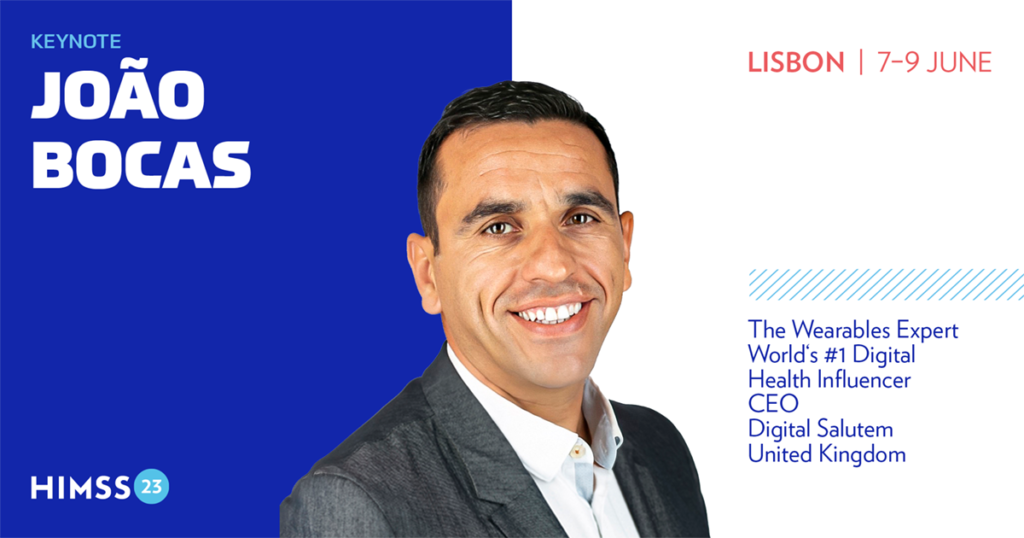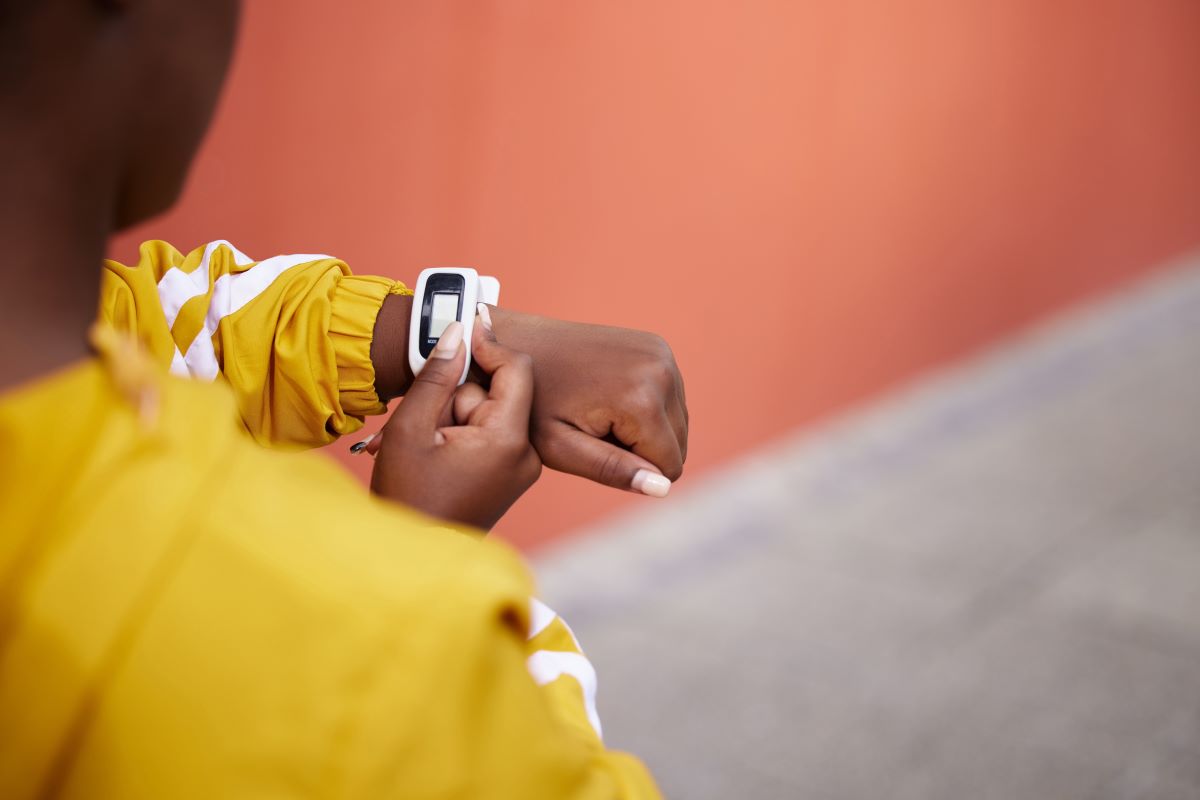Wearable technology has become increasingly popular in recent years, with a wide range of devices designed to enhance various aspects of our lives. From fitness trackers to smartwatches and medical devices, wearables offer the promise of seamless integration into our daily routines. However, like any emerging technology, wearables face a set of unique challenges.
In this post, we will explore 4 key challenges that wearables encounter:
- Accuracy and lack thereof
- The use of consumer wearables in studies
- The evolving role of wearables in healthcare
- Challenges in Wearable Technology, collaboration among stakeholders is crucial
Accuracy and Lack Thereof
One of the primary challenges faced by wearable technology is ensuring accurate and reliable data collection. While wearables have the potential to provide valuable insights into our health and daily activities, inaccuracies can compromise their effectiveness. Factors such as sensor calibration, placement, and the quality of algorithms used for data analysis all play a crucial role in achieving accuracy.
Wearable devices often rely on sensors to capture various physiological signals, such as heart rate, sleep patterns, and step count. However, these sensors may suffer from inherent limitations that impact their precision. Factors like motion artifacts, signal interference, and device placement can introduce errors or reduce the accuracy of measurements. To address this challenge, wearable manufacturers must continually invest in research and development to enhance sensor technology, improve signal processing algorithms, and ensure rigorous calibration procedures.
Moreover, interpreting the data collected by wearables poses another challenge. Contextualizing the information and translating it into meaningful insights require advanced data analysis techniques and machine learning algorithms. The accuracy of these algorithms is crucial in distinguishing between noise and relevant data, thereby providing users with accurate feedback.
Consumer Wearables in Studies
The increasing availability and affordability of consumer wearables have made them attractive tools for research studies. Researchers can leverage the vast amount of data collected by wearables to gain insights into human behavior, health, and well-being. However, the use of consumer wearables in scientific studies presents its own set of challenges.
Firstly, the lack of standardization among wearables complicates data comparability. Each manufacturer employs different sensor technologies, data collection protocols, and proprietary algorithms. As a result, it becomes difficult to compare data collected from different wearables, limiting the ability to draw reliable conclusions from multi-device studies.
Secondly, privacy and data security concerns arise when integrating consumer wearables into research studies. As wearables collect highly personal and sensitive data, ensuring data privacy and protection becomes paramount. Researchers must adopt appropriate data anonymization and encryption techniques to safeguard participant information and adhere to ethical guidelines.
To address these challenges, collaborations between wearable manufacturers and researchers are vital. Establishing industry standards for data collection, sharing, and interoperability will enhance the reliability and reproducibility of research conducted with wearables. Additionally, regulatory bodies can play a crucial role in formulating guidelines and enforcing ethical practices to protect participants’ privacy and data security.
The Role of Wearables in Healthcare
Wearables have the potential to revolutionize healthcare by enabling continuous monitoring, early detection of medical conditions, and improved patient engagement. However, there are several challenges in integrating wearables into the healthcare ecosystem.
- Firstly, the medical accuracy and regulatory compliance of wearables are crucial considerations. While consumer wearables provide valuable insights, they may not meet the stringent requirements for medical-grade devices. The lack of standardized validation processes and regulatory frameworks for wearables in healthcare limits their adoption in clinical settings. Bridging this gap requires collaboration between wearable manufacturers, healthcare providers, and regulatory authorities to establish clear guidelines and validation procedures.
- Secondly, wearables need to seamlessly integrate with existing healthcare systems and workflows. Healthcare providers must have the infrastructure and processes in place to handle the influx of data generated by wearables and effectively incorporate it into patient care. This requires the development of interoperability standards that allow wearables to communicate and share data with electronic health records (EHRs) and other healthcare systems. By ensuring data compatibility and integration, healthcare professionals can leverage wearables to enhance patient monitoring, disease management, and preventive care.
- Furthermore, wearables face challenges in terms of user adoption and engagement. While wearables have gained popularity among health-conscious individuals, there is a need to ensure sustained user engagement, especially for those with chronic conditions or at-risk populations. Designing wearables that are user-friendly, aesthetically pleasing, and comfortable to wear for extended periods is essential. Additionally, incorporating motivational elements such as gamification, personalized feedback, and social connectivity can enhance user engagement and encourage healthy behavior changes.
- Another significant challenge in the healthcare sector is the ethical use of wearable data. As wearables gather vast amounts of personal health information, it is crucial to establish guidelines and policies for data ownership, consent, and usage. Protecting patient privacy and ensuring secure data storage and transmission are of utmost importance. Additionally, clear communication with users about how their data will be utilized and shared is necessary to build trust and encourage widespread adoption of wearables in healthcare.
Despite these challenges, wearables hold immense potential for improving healthcare outcomes. They can empower individuals to take control of their health and well-being, facilitate remote monitoring and telemedicine, and enable early detection and intervention in medical conditions. Additionally, wearables can support research initiatives by collecting real-time, longitudinal data from diverse populations, leading to new insights and advancements in medical research.
To address challenges in wearable technology, collaboration among stakeholders is crucial
Wearable devices are increasingly being used to track and monitor health data, allowing patients and healthcare providers to collect valuable information in real-time. This can lead to more personalized and proactive healthcare, improving outcomes and reducing costs.
However, the integration of wearable data into healthcare systems poses several challenges. One major issue is the lack of standardization in data communication between wearables and servers. Without standardized protocols, the data collected by wearables may not be compatible with electronic health records (EHRs) or other healthcare systems, leading to data silos and inefficiencies.
Another concern is the accuracy of the data collected by wearables. Without standardized validation processes, it can be difficult to determine whether the data is reliable and accurate. This can lead to inaccurate diagnoses or potentially harmful treatment recommendations.
To address these challenges, collaboration among stakeholders is crucial. Healthcare providers, wearable manufacturers, regulatory authorities, and researchers need to work together to develop standardized validation processes, interoperability standards, and privacy guidelines. This will help to ensure that wearable data can be seamlessly integrated into healthcare systems, improving the quality of care and patient outcomes.
In addition, ethical considerations need to be taken into account when collecting and using wearable data. Patients need to be fully informed about how their data will be collected, used, and shared, and their privacy and security must be protected.
Overall, while wearables hold great promise for improving healthcare, there are still challenges to be overcome. Through collaboration and innovation, we can ensure that wearable data is used in a responsible and effective way, leading to better health outcomes for all.
Conclusion: Challenges in Wearable Technology
In conclusion, while wearable technology offers numerous benefits, it also faces significant challenges. Enhancing accuracy through advanced sensors and algorithms, addressing issues related to using consumer wearables in research studies, and navigating the integration of wearables into healthcare systems are key areas of focus. Overcoming these challenges requires ongoing collaboration, research, and the establishment of industry standards and regulations. By doing so, wearable technology can realize its full potential, transforming the way we monitor our health and revolutionizing healthcare delivery.
It’s true: wearable technology is undoubtedly taking the healthcare world by storm, and it’s still in its early days. While there are plenty of challenges to face, it’s also clear that wearable technology holds considerable promise for healthcare systems in the future. However, this is a fairly new field of technology, and much remains to be done before it can reach its full potential. But with research, collaboration, and innovation continuing in this space, there’s no doubt that we’ll be seeing great things from wearable technology in the future.
Last week, I had the pleasure of chatting with Chuck Hazzard, an industry expert in the field of Wearable Technology. We delved into some thought-provoking conversations surrounding the challenges faced by this rapidly evolving industry.
Curious to learn more? Check out the insightful interview here
During our discussion, Chuck shared valuable insights on the hurdles faced by the wearable tech sector and how they impact the broader landscape of eHealth, digital health, telehealth, and telemedicine. The constant evolution of wearable technology presents both exciting opportunities and complex challenges. From data security and privacy concerns to user experience and device interoperability, there are multifaceted issues that demand attention and innovative solutions.

Are you passionate about the future of healthcare technology? Join us at the upcoming #HIMSS23Europe event to dive deeper into these discussions and connect with industry leaders.
If you want to get the best digital health news, you can visit our website, Digital Salutem. We will update digital health news every week, so please keep in contact with us every week! If you have any feedback or suggestion about patient care, wearables, digital health news, or anything, please don’t hesitate to send an email to us!
Check our YouTube Channel, Healthcare Uncomplicated. To find out more about how we can help you with your Digital Healthcare Transformation, Healthcare organizational growth, or Healthcare brand positioning via our Partner as a Solution service, please get in touch via phone at +44 (0)1273 458590 or via e-mail: info@digitalsalutem.com





